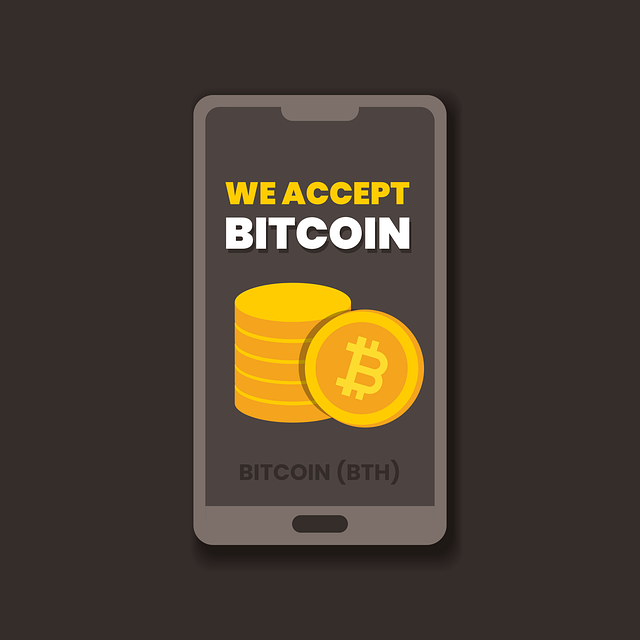Blockchain technology is revolutionizing the gaming industry by enabling decentralized systems that give players ownership of their digital assets. This approach, using distributed consensus algorithms and encrypted data blocks, ensures transparency and immutability, fostering trust and enhancing gameplay experiences. By adopting blockchain, gaming developers can offer secure transactions, new monetization models like play-to-earn, and greater control over virtual possessions, marking a significant shift from traditional centralized models. Key components for successful blockchain gaming include robust network infrastructure, player-owned assets, smart contracts, engaging user experiences, cross-platform play, and strong community governance. Recent trends show widespread adoption across diverse sectors, with games featuring non-fungible tokens (NFTs) like CryptoKitties and Axie Infinity leading the way. While scalability and seamless user experience pose challenges, developers are focusing on innovative technologies and intuitive interfaces to drive growth in this exciting new gaming frontier.
The blockchain gaming ecosystem is transforming the digital entertainment landscape. This revolutionary technology promises to democratize game development, enhance player experiences, and foster new economic models within the industry.
From decentralizing in-game assets to incentivizing user engagement through play-to-earn mechanisms, blockchain is disrupting traditional gaming norms. This article explores the core principles of blockchain technology, its emerging role in gaming, key ecosystem components, adoption trends, and the challenges it faces as a disruptive force shaping the future of digital play.
- Understanding the Core: Blockchain Technology and Its Basic Principles
- The Emergence of Blockchain in Gaming: A Disruptive Force
- Key Components of a Successful Blockchain Gaming Ecosystem
- Adoptive Trends: Industries and Users Embracing Blockchain Gaming
- Overcoming Challenges and Shaping the Future of Blockchain Gaming
Understanding the Core: Blockchain Technology and Its Basic Principles

Blockchain technology, at its core, is a decentralized digital ledger that records transactions across multiple nodes, ensuring transparency and immutability. This innovative system has gained significant traction in various industries due to its ability to disrupt traditional centralized models. In the context of gaming, blockchain adoption trends showcase a shift towards player-owned assets, secure and transparent transactions, and enhanced gameplay experiences.
The basic principles of blockchain involve distributed consensus algorithms that verify and validate data, creating a secure network. Each block in the chain contains encrypted information, linked to the previous block, making it nearly impossible to alter historical records without detection. This technology promises to revolutionize gaming by enabling true ownership and control over digital assets, fostering trust among players, and opening doors for new monetisation strategies.
The Emergence of Blockchain in Gaming: A Disruptive Force

The gaming industry is undergoing a significant transformation with the emergence of blockchain technology, which promises to disrupt and revolutionize the way games are developed, played, and monetized. Blockchain, known for its secure and transparent nature, has found its way into the gaming ecosystem, challenging traditional business models and fostering innovation. The adoption trends of blockchain in gaming highlight a growing interest among developers and players alike, who recognize the potential of this distributed ledger technology to enhance gaming experiences.
By leveraging blockchain, game developers can create decentralized platforms where users have greater control over their digital assets, such as in-game items or characters, ensuring true ownership and the ability to exchange them securely. This shift from centralized systems not only empowers players but also opens up new possibilities for monetization strategies, including play-to-earn models that reward users for their contributions to the game economy. As blockchain gaming gains traction, we can expect further integration of this technology across various aspects of the gaming industry, marking a significant departure from the conventional gaming landscape.
Key Components of a Successful Blockchain Gaming Ecosystem

The key components of a successful blockchain gaming ecosystem include a robust and decentralized network infrastructure, ensuring secure and transparent transactions. Blockchain technology adoption trends indicate a growing preference for player-owned assets and true data privacy. This means that in-game items, characters, and progress should be verifiable and transferable without relying on centralized authorities. Smart contracts play a pivotal role here, automatically executing agreements and governing gameplay mechanics, reducing the need for intermediaries.
Additionally, a thriving blockchain gaming ecosystem requires an engaging user experience, intuitive interfaces, and seamless integration with existing gaming communities. Encouraging cross-platform play and interoperability allows gamers to leverage their assets across different games and platforms, fostering a more connected and vibrant gaming culture. Furthermore, strong community governance models empower players to participate in decision-making processes, ensuring the ecosystem evolves according to user needs and preferences.
Adoptive Trends: Industries and Users Embracing Blockchain Gaming

In recent years, the blockchain gaming ecosystem has witnessed a surge in adoption trends across various industries and user demographics. This shift is driven by the inherent benefits of blockchain technology, such as enhanced transparency, security, and player ownership in gaming environments. Gamers are increasingly recognizing the potential of non-fungible tokens (NFTs) to represent unique digital assets, ensuring true ownership and tradability within games. This trend has been further accelerated by the success of popular blockchain games like CryptoKitties and Axie Infinity, which have captivated players worldwide with their innovative use of NFTs.
Beyond gaming enthusiasts, traditional industries like sports, art, and entertainment are exploring blockchain gaming’s possibilities. For instance, sports teams are looking to NFT technology to offer exclusive fan experiences and merchandise, while artists are utilizing blockchains to verify ownership and authenticity in digital art sales. This diverse adoption indicates a broader trend where blockchain technology is revolutionizing not just gaming but also the way we interact with and monetize digital content.
Overcoming Challenges and Shaping the Future of Blockchain Gaming

Despite its promising potential, the blockchain gaming ecosystem has faced several challenges on its path to mainstream adoption. One of the primary hurdles is scalability—as more users join the network, transactions and gameplay data need efficient processing and storage solutions. This requires innovative technologies to ensure smooth gameplay experiences without delays or high costs.
Another crucial aspect is user experience. Making blockchain games accessible and engaging for casual players while maintaining security and decentralization is a complex task. As adoption trends evolve, developers must focus on creating intuitive interfaces, simplified onboarding processes, and gamified elements that attract a broader audience, ultimately shaping a more inclusive and vibrant future for blockchain gaming.
The blockchain gaming ecosystem is poised for significant growth, driven by increasing adoption trends across various industries and users. By leveraging blockchain technology’s core principles, such as decentralization and transparency, gamers can look forward to more immersive experiences with enhanced security and ownership over their digital assets. As the field continues to evolve, overcoming challenges will be crucial in shaping a future where blockchain gaming becomes an integral part of the global entertainment landscape, redefining how we interact with virtual worlds.
